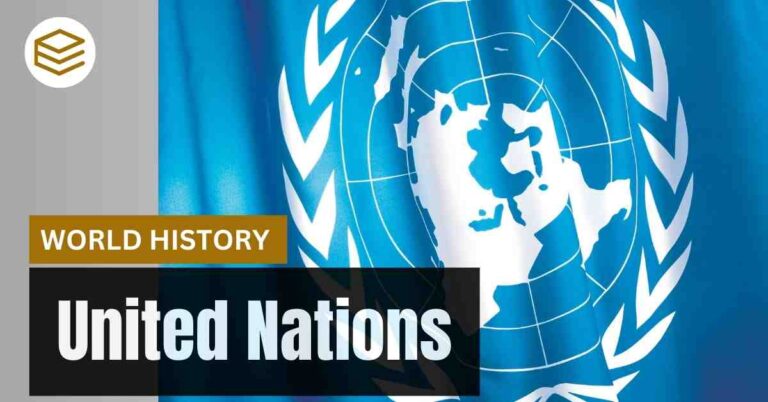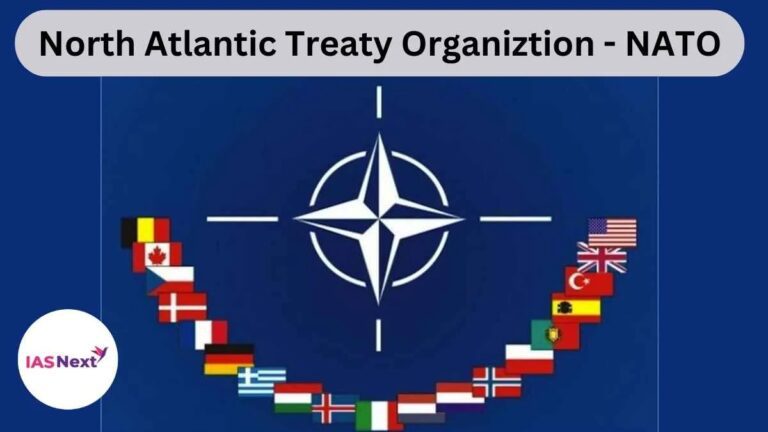December 7, 2025 3:31 am
Introduction:
- South Asian Association for Regional Cooperation (SAARC), an intergovernmental organization, promotes regional and economic cooperation across South Asia.
- Established with the signing of the SAARC Charter in Dhaka on 8 December 1985.
- SAARC includes eight member states: Afghanistan, Bangladesh, Bhutan, India, Maldives, Nepal, Pakistan, and Sri Lanka.
- The SAARC Secretariat is located in Kathmandu, Nepal.
- Covers 3% of the world’s total area and accounts for 21% of the global population.
Principles:
- Upholding sovereign equality, territorial integrity, political independence, and non-interference in the domestic affairs of other states, ensuring mutual benefits.
- Cooperation must complement, not replace, bilateral and multilateral collaborations.
- Actions should align with existing bilateral and multilateral obligations.
Objectives:
- Promoting the welfare and quality of life of South Asia’s people.
- Accelerating economic growth, social progress, and cultural development, ensuring dignity and full potential realization.
- Fostering collective self-reliance among South Asian nations.
- Building trust, understanding, and appreciating each other’s challenges.
- Encouraging active collaboration in economic, social, cultural, technical, and scientific areas.
- Supporting partnerships with other developing countries.
- Enhancing unity in international forums on shared concerns.
- Collaborating with regional and global organizations with similar missions.
Structure:
- Council: The highest decision-making body, comprising government leaders from member countries.
- Council of Ministers: Comprising foreign ministers, convening twice annually to deliberate on regional matters.
Specialized Bodies of SAARC:
- SAARC Development Fund (SDF):
- Focused on financing projects aimed at poverty alleviation and socio-economic advancement.
- SDF is managed by a Board from the finance ministries of member states and overseen by the Governing Council.
- South Asian University (SAU):
- An international academic institution based in India, with degrees recognized on par with those from national universities.
- South Asian Regional Standards Organization (SARSO):
- Headquartered in Dhaka, Bangladesh, SARSO works on standardization to enhance trade and global market access for member states.
- SAARC Arbitration Council:
- An intergovernmental body in Pakistan, facilitating fair dispute resolutions in trade, investment, and other commercial sectors.
Significance of SAARC for India:
- Boosting regional cooperation: SAARC facilitates collaboration in trade, economic growth, and cultural exchanges, benefiting India’s ties with neighboring countries.
- Better neighborly relations: A platform for resolving disputes and improving ties through diplomacy.
- Strategic influence: India, being a founding and key member, can guide SAARC’s agenda to align with national interests.
- Expanding market access: Fostering economic ties within South Asia benefits India’s trade and investment.
- Supporting the Act East Policy: SAARC’s integration with Southeast Asia enhances economic growth, especially in services.
Reasons for SAARC’s Dormancy:
- India-Pakistan tensions affect cooperation.
- Failure to leverage commonalities and adopt new ideas.
- Perception of India as a “Big Brother” discourages collaboration among smaller nations.
- Resource constraints: Reluctance to increase financial contributions.
- Poor connectivity and infrastructure deficits limit regional integration.
Need for SAARC Revival:
- Peaceful coexistence: Reviving SAARC can lead to better dialogue and cooperation.
- Economic growth: Enhanced trade among member states could spur prosperity.
- Regional security: Collaboration fosters peace and stability.
- Global influence: As South Asia’s largest organization, a revived SAARC could impact international affairs.
Challenges Facing SAARC:
- Broad focus areas dilute efforts and resources.
- Minimal intra-regional trade: Less than 5% of SAARC members’ trade is within the bloc.
- Political apathy: Prioritization of global over regional alliances.
- Persistent bilateral tensions, especially between India and Pakistan.
- The “Big Brother” complex: India’s dominance concerns neighboring countries.
- Slow project execution: Delayed Indian initiatives damage credibility, leading nations to seek partnerships with China or Western countries.
- Chinese influence through the Belt & Road Initiative.
- Absence of dispute resolution mechanisms.
- Pakistan’s obstructionist approach has halted initiatives like the SAARC Motor Vehicles Agreement.
Way Forward:
- Mediation and conflict resolution: Establish mechanisms for informal and formal dialogue.
- Economic priorities: Focus on trade and development rather than security.
- Charter amendments: Introducing a “SAARC Minus” concept for flexibility.
- Promote grassroots connections: Increase people-to-people engagement for shared understanding.
- Earn leadership: India should work to gain trust and establish itself as a credible leader.
- Common security challenges: Address threats like terrorism with a unified strategy.
Conclusion:
- SAARC’s potential lies in fostering peace, economic cooperation, and global relevance. However, past challenges—like unresolved tensions and unfulfilled commitments—have hindered progress.
- To unlock this potential, member states must prioritize collaboration, address disputes, and work toward a peaceful, economically integrated South Asia





[…] SOUTH ASIAN ASSOCIATION FOR REGIONAL COOPERATION (SAARC) […]
[…] SOUTH ASIAN ASSOCIATION FOR REGIONAL COOPERATION (SAARC) […]
[…] SOUTH ASIAN ASSOCIATION FOR REGIONAL COOPERATION (SAARC) […]